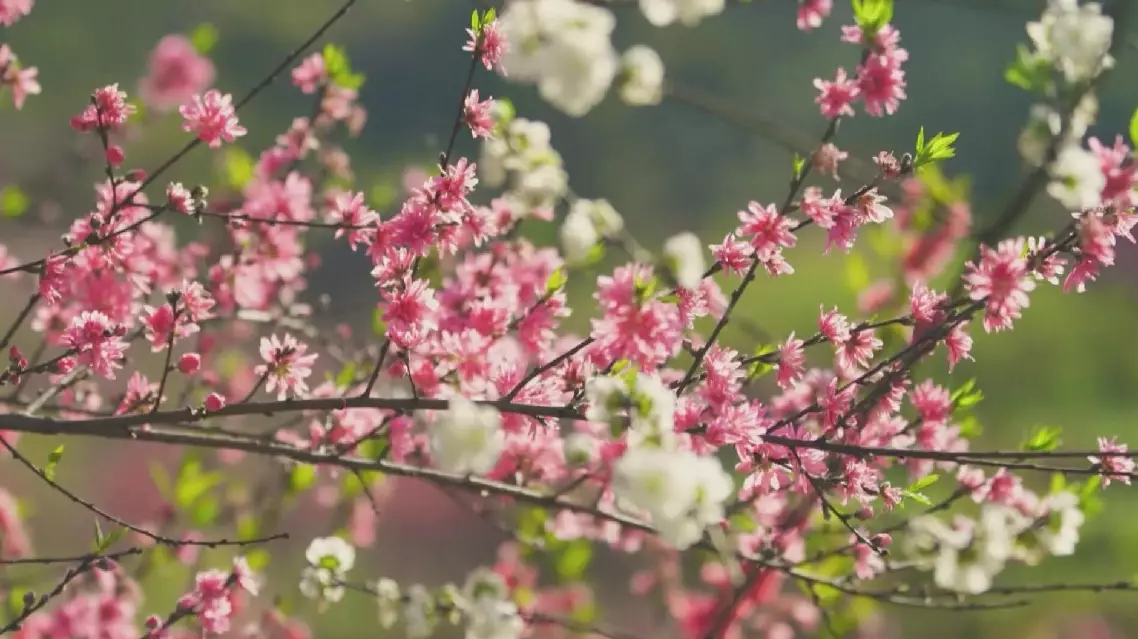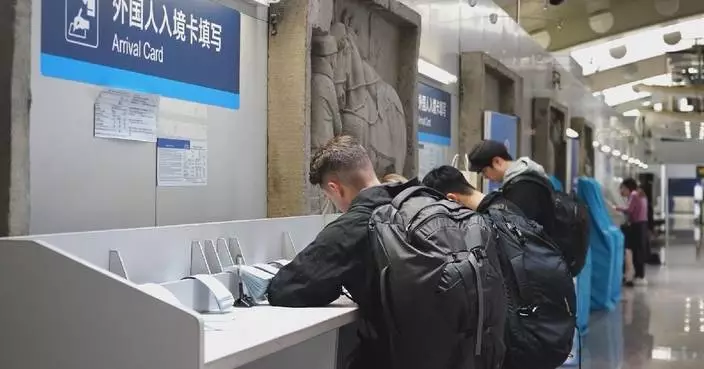A new high-speed rail service linking Hong Kong with Wuhan, capital city of central China's Hubei Province, officially launched on Sunday.
The inaugural train, G885, departed from Wuhan Station at around 16:00, embarking on a four-hour and 33-minute journey that would take it through stations in Hunan and Guangdong provinces before reaching Hong Kong's West Kowloon Terminal.
Passenger Wei Junyi expressed excitement about the new route.
"I'm here to experience our first train. I think it's very convenient and very quick to go directly to Hong Kong," she said.
With nearly 1,200 seats per train, the new high-speed rail link is poised to facilitate the flow of people and economic activities between the central region and the Guangdong-Hong Kong-Macao Greater Bay Area.
Hong Kong entered the high-speed rail era in 2018, when the Hong Kong section of the Guangzhou-Shenzhen-Hong Kong Express Rail Link opened.
China aims to expand the length of its operational high-speed rail tracks to about 60,000 kilometers by 2030, up from 48,000 kilometers at the end of 2024, data from the country's railway operator shows.

New high-speed rail linking Hong Kong with Wuhan begins service
Flower breeding and cultivation bases across China are actively promoting new and healthier varieties of flowering trees and plants, helping create a brighter future for the country's famous springtime scenery.
In a peach blossom scenic area in Changde City of central China's Hunan Province, more than 50 varieties of peach blossoms are in full bloom, attracting flocks of visitors.
The varieties in the area come from the national peach germplasm resource bank in the city. Through artificial cultivation, not only are the varieties of flowers increasing, but the flowering period is also being extended.
According to researchers, one of the star varieties, noted for its rich color, took nearly 16 years to cultivate and promote in the scenic area.
"Its biggest feature is its strong resistance to gummosis. We can see that although a branch like this is damaged, there is no gummosis, so it has a long lifespan and can be used in gardens for a longer time," said Wang Yan, professor of the province's Changde Vocational and Technical College.
Gummosis is the formation of gummy substances on the surface of the trees, which often result from dead tissue.
At Phalaenopsis World, the country's largest phalaenopsis tissue culture center in Suqian City in east China's Jiangsu Province, technicians are cutting phalaenopsis seedlings into thin slices and planting them one by one in transparent bottles, allowing them to multiply exponentially.
"The breeding cycle is short, and the light, temperature and humidity can be freely adjusted artificially. The phalaenopsis bred using this technology have high uniformity and fast growth rate," said Wang Yanting, a plant inoculation specialist at the cultivation center.
Researchers said that the planting center uses more than 200 smart sensors and 5G technology to accurately control growth factors such as temperature, humidity, light, and ventilation to achieve "timed flowering."
"In fact, the natural flowering period of phalaenopsis should be from the beginning of the Chinese New Year to early May, and this is its natural state. Now we can intervene with technology and make it bloom any day we want. Phalaenopsis blooms through temperature regulation. At this time, we need to use air conditioning equipment, constant temperature equipment and dehumidification equipment," said Cao Guofeng, director of the cultivation base.

Breeding bases across China promote new spring flower varieties

















































